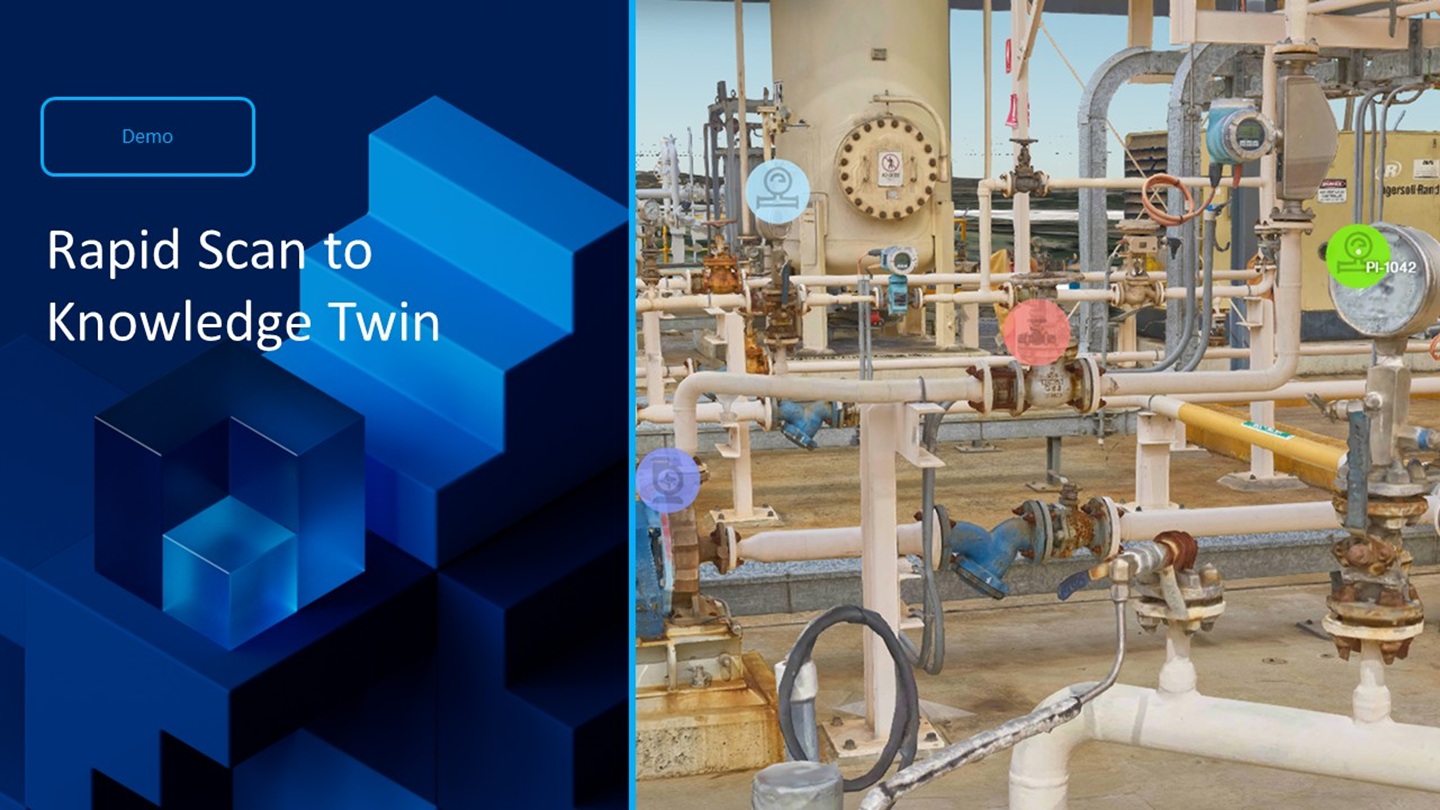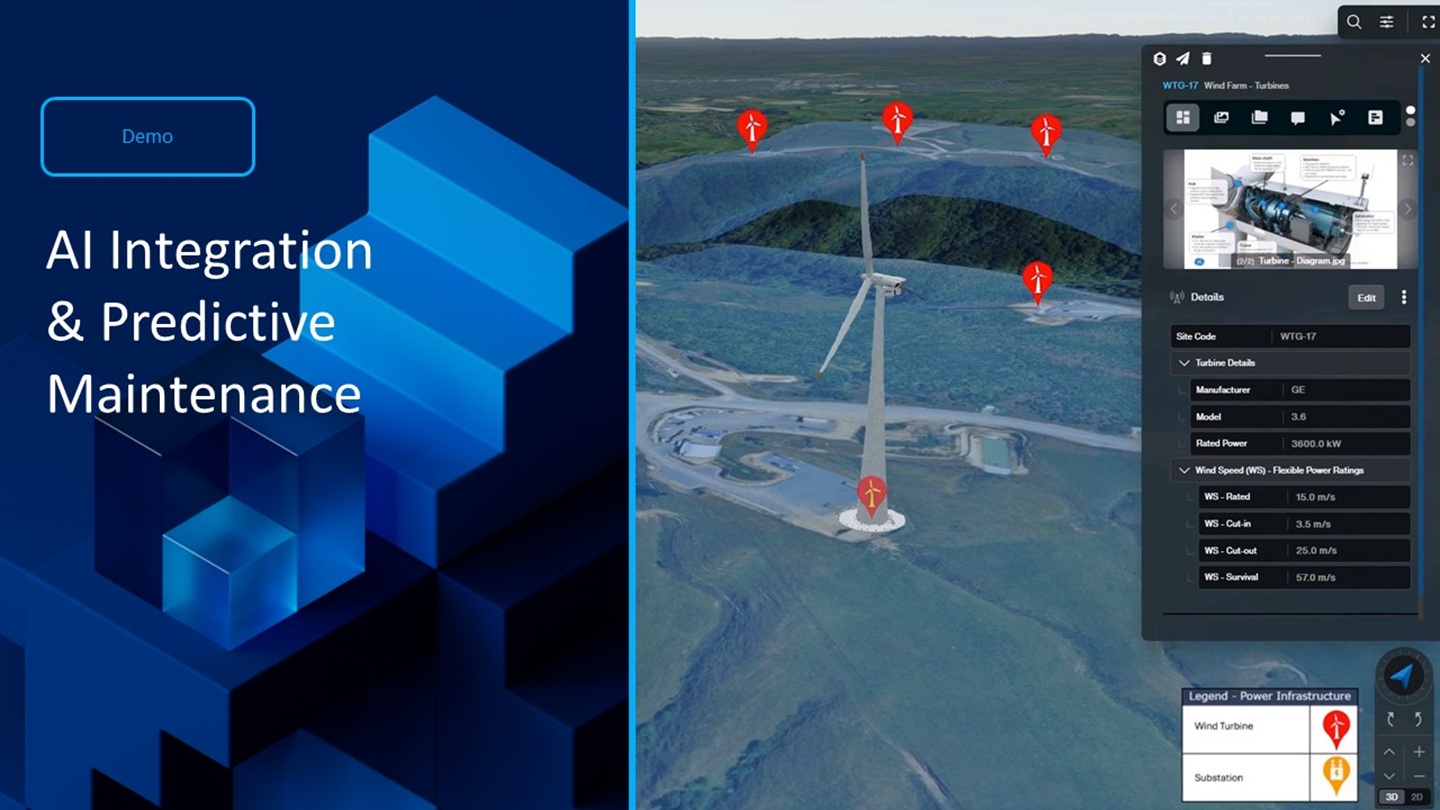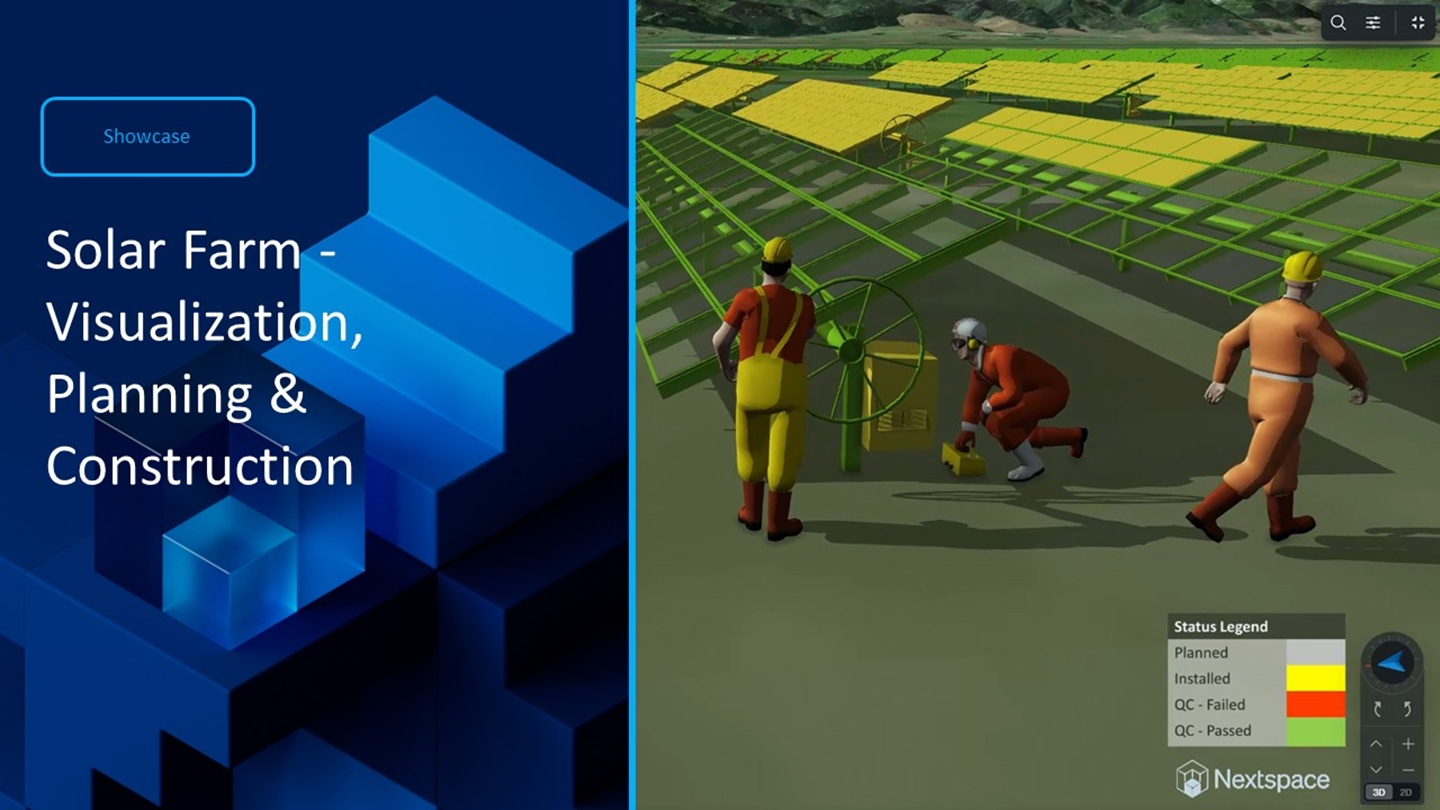Visualization - Nextspace Navigator - NVIDIA Omniverse v1
So here we're just going to explain a little bit more about the Bruce system from Nextspace. This is a system to bring together data from lots of different environments and CAD systems, GIS systems, documents, images, video, point cloud data, IoT, SCADA data and so forth. What we're seeking to do is apply the concepts of ontology to these different types of data inputs. The goal is to identify as ontology advises to identify things of interest, their attributes of interest, the relationships between those things and then potentially all the different visual ways to represent those things so it's kind of an organizing and classification system.
And what we're doing is able to bring in a whole range of different data, for example the core data from plant and process. I'll use a an example from the plant and process industry but this conversation applies as much for engineering, factory, manufacturing, architecture, construction solutions of any aspect of detailed care and engineering documentation and design. So we're able to bring in the core data and also all of the data attributes, for example see here a valve and all of the attribution as defined by the various CAD systems and our goal is to identify this valve but data that has come from a single CAD system, but to identify the same valve by its unique ID in different systems and actually map it to other data, such as point cloud information, all of the documentation that comes with it this valve will have what's called a PID document this valve will appear at some point on a schematic diagram, what's called an isometric diagram there'll be parts less there'll be training videos to show how to disassemble and repair this document or this valve and all of that needs to be brought together into a coherent fashion. It also needs to be located geographically, so we need to bring together the GIS data along with all this other sort of information and what we have to do is now classify that information in useful ways so we use these mapping technologies which will map one concept of a pipe or a valve or a thing from multiple different sources to be representing the same thing so this tool merges things together there. We can then host this amalgamated data on a server.
We use AWS today but we could equally well be using Azure DigitalOcean. We run with the Kubernetes system which makes it cloud agnostic in that respect and the result is that we can bring all of this together into a digital model which is not just a CAD model plus the GIS but a complete amalgamation of all of the information so we see for example the valve selector. In fact this shows the the actual tag and the specific valve and all its collection of data: information aligned with the CAD data, all of the attribution is supplied from the source CAD system, panoramic images and we see above all of the bookmarks and markups that might be applied and we're looking at it here in fact in the Cesium environment, which is good enough for many cases but now with the Omniverse we're seeking to bring all this data together and to be able to serve it through the Omniverse environment so what we've done is to now build USD assemblies which are good and ontology enabled so we're able to track the independent USD files right back to the source data of information. So we can now be driving engineering procurement, general ERP data, different visual proxies, documentation, links and so forth which will all be managed externally to the Omniverse and of course even to Bruce back end source systems like SAP or a SCADA system or even the manufacturer's database.
So Bruce is gathering all this data together about all the things of interest and then presenting them through a highly visual fashion to the Omniverse environment and what's really an important point here is that the data that goes down to not just the imagery information but it's in fact all of the data, so we can leverage the Omniverse environment not just a visualization but in fact for simulation or augmented, virtual reality, for artificial intelligence, analysis, pattern-finding, optimization of systems and so forth so by enabling USD files and also with attribution we're able to actually create a far more complete picture you know i.e a digital twin of an environment.







